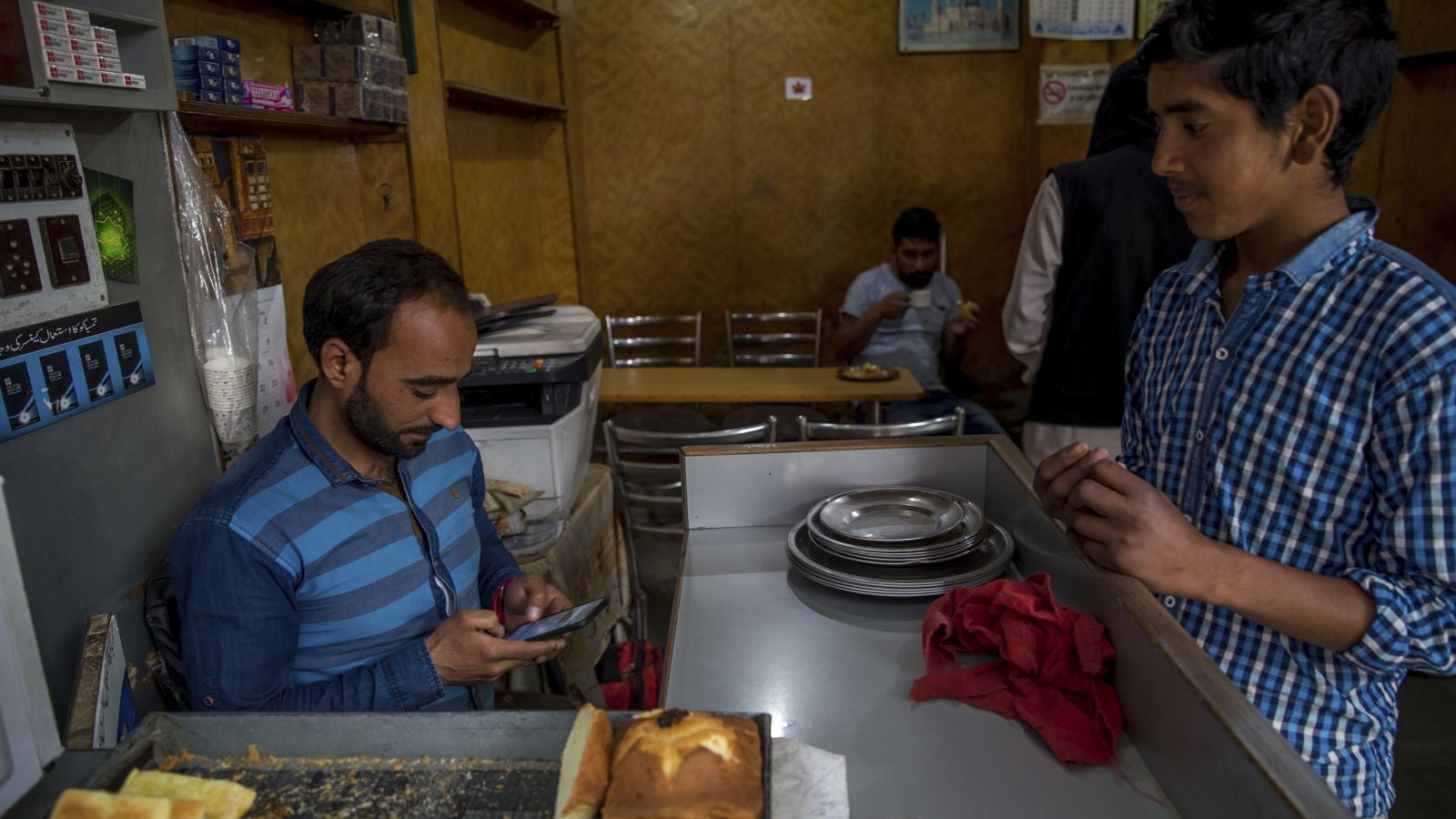This Indian e-wallet player claims it will beat Paytm to profitability
India’s payments ecosystem has not been kind to companies running digital wallets. Most firms, including market leader Paytm, have been struggling to turn profitable.


India’s payments ecosystem has not been kind to companies running digital wallets. Most firms, including market leader Paytm, have been struggling to turn profitable.
Recently, the Reserve Bank of India (RBI) permitted interoperability between different e-wallets. This means money in one digital wallet, say Paytm, can now be transferred to another one, like MobiKwik. This is expected to boost the adoption of e-wallets.
But despite the central bank’s move, profitability is likely to remain a tough proposition in this high-volume, low-margin business. Fierce competition has only muddied the waters more. There are nearly 50 non-banking players in the segment, besides e-commerce firms such as Grofers, Ola, and BigBasket which have their own e-wallets.
Yet, homegrown payments app MobiKwik, founded in 2009 by Bipin Preet Singh and Upasana Taku, is confident of making profits by March 2020.
So far it hasn’t been smooth sailing for the Gurugram-based firm. Besides struggling with the cash-intensive nature of the business, it has also suffered some high-level exits. Questions have also been raised over growth.
The firm, though, says it currently has around 107 million customers and over three million small merchants on its platform. It now hopes to tap this user base to cross-sell insurance and loans.
MobiKwik’s Taku spoke to Quartz about how the company has begun its transformation into a full-fledged financial services company and why the founders have no regrets about not getting a payments bank licence.
Edited excerpts:
Digital transactions have been growing in India but e-wallets are yet to become profitable. Why?
I can assure you that MobiKwik will be the first wallet to become profitable. By financial year 2020. That’s because our customer base and revenue have grown four times annually in recent years, and we have also managed to reduce the burn. Now, with our new businesses—lending, insurance, and wealth management—adding up, we are most definitely going to meet our aim.
Payments is a high-volume, low-value business and that is why most companies struggle. But financial services is not low-margin. And now that we are cross-selling other services to our digital wallet users, our cost of acquiring new customers will go down.
Take us through MobiKwik’s plans to become a full-stack financial services firm.
Only a small fraction of Indians have access to formal credit and just about 8% have access to insurance. The reason for this is that a lot of it is being sold by banks and is tailored for the more savvy customers. Therefore, we decided to go for the sachet-sized loans and have introduced digital lending on our platform.
More than 250,000 users have taken loans in the last six months from MobiKwik. In the next few weeks, we are on course to becoming the largest digital lender in the country.
Then, we also acquired Clearfunds, a Mumbai-based wealth management firm, with a motive to sell mutual funds on our platform.
Where do you see the next leg of growth coming from?
We will create a new vertical for insurance and there we would not just be aggregating and selling off-the-shelf products from other companies. Instead, we are co-creating, with certain companies, new products that you will not find in other places.
From the other verticals, we expect that MobiKwik would have disbursed loans of nearly $300 million (Rs2,198.25 crore) by FY20 (from estimated $100 million by March 2019), and our wealth management business would have also grown from $45 million now to about $250 million by the end of then. Meanwhile, the payments business will continue to scale.
In 2015, you were in the fray to becoming a payments bank but couldn’t secure a licence. Do you think it had any effect on your growth?
In hindsight, it is great that we didn’t get it. That’s because we always knew that technology was at the core of the payments disruption and if there are lighter regulations and frameworks, a company can be far more nimble. The cost of compliance and the speed of execution would have been significantly affected if MobiKwik was a payments bank.
Moreover, with the new interoperability guidelines, our status is very close to that of a bank and there is no longer an upside to being a payments bank at the moment.
Earlier, MobiKwik had said that by December the firm will be able to close the gap with Paytm in terms of the number of consumers. They claim to have over 200 million customers, and you are still far away from that mark?
I can’t comment about what they claim, but I can tell you that, as per the telecom regulator, there are only 230 million mobile internet users in the country and not all of them are transacting digitally. Most of them are still using content and WhatsApp. So I would urge everyone to rely on verifiable numbers instead of tall claims. Also, a recent right to information query revealed that the account balances held by our mighty competitor are only about 1.8 times of what we hold. So, I don’t think that the gap that the competition has tried to portray is actually that huge.